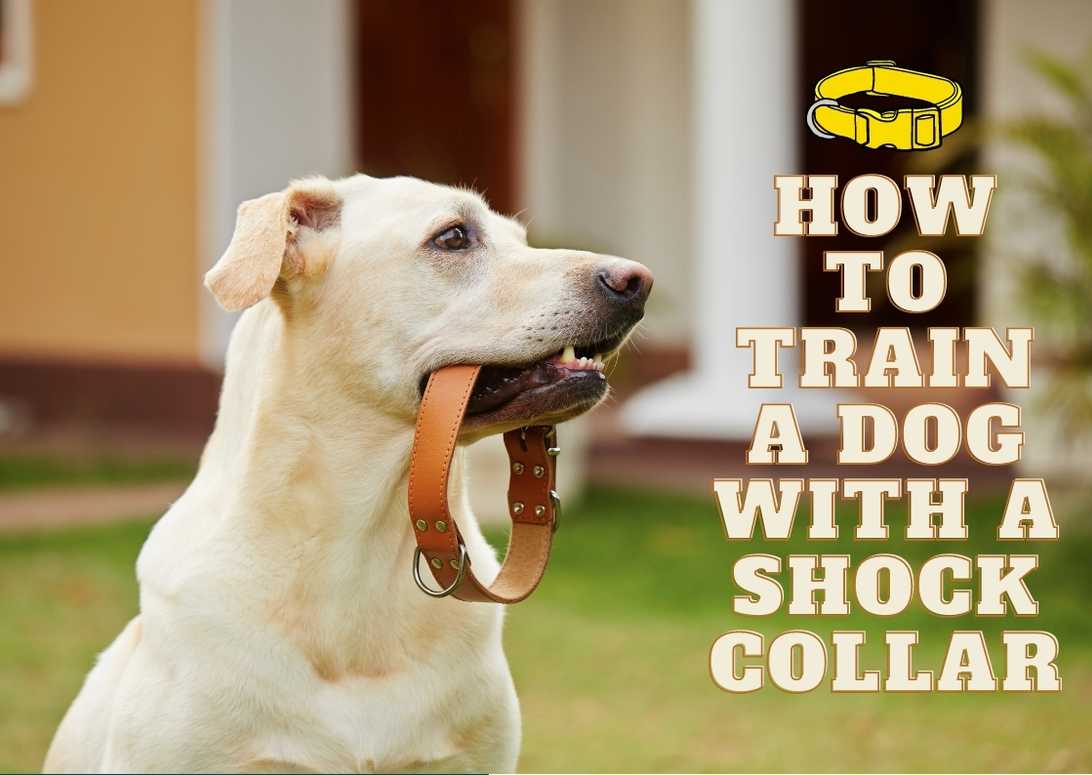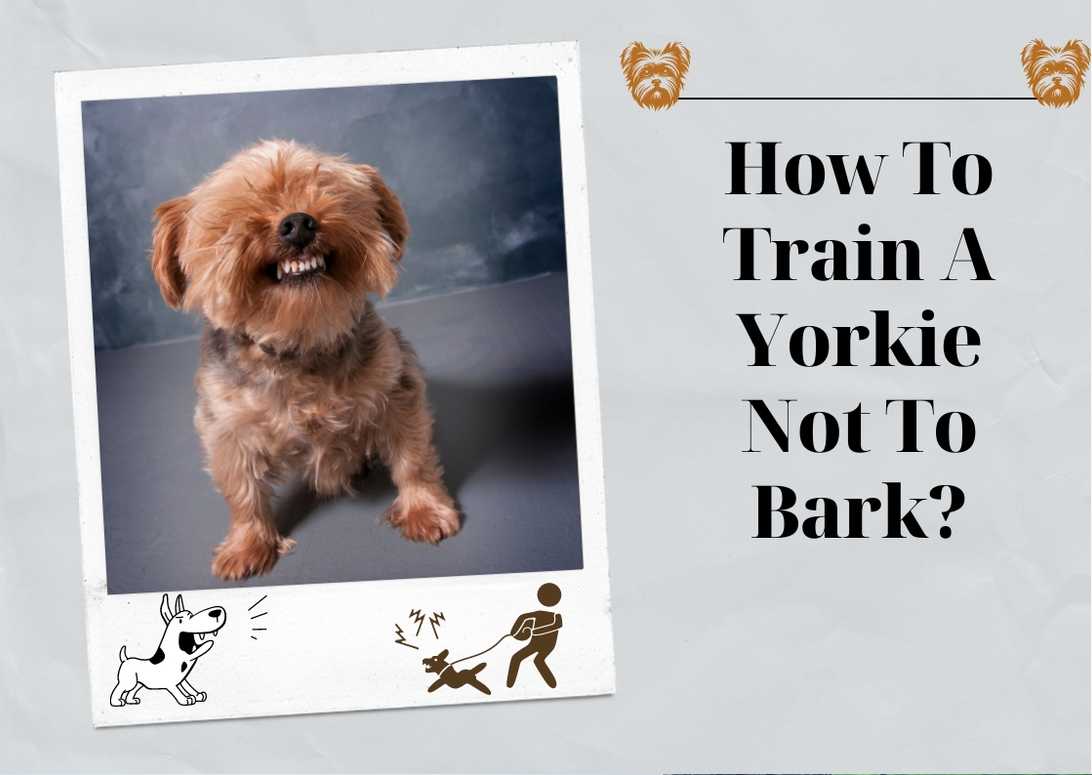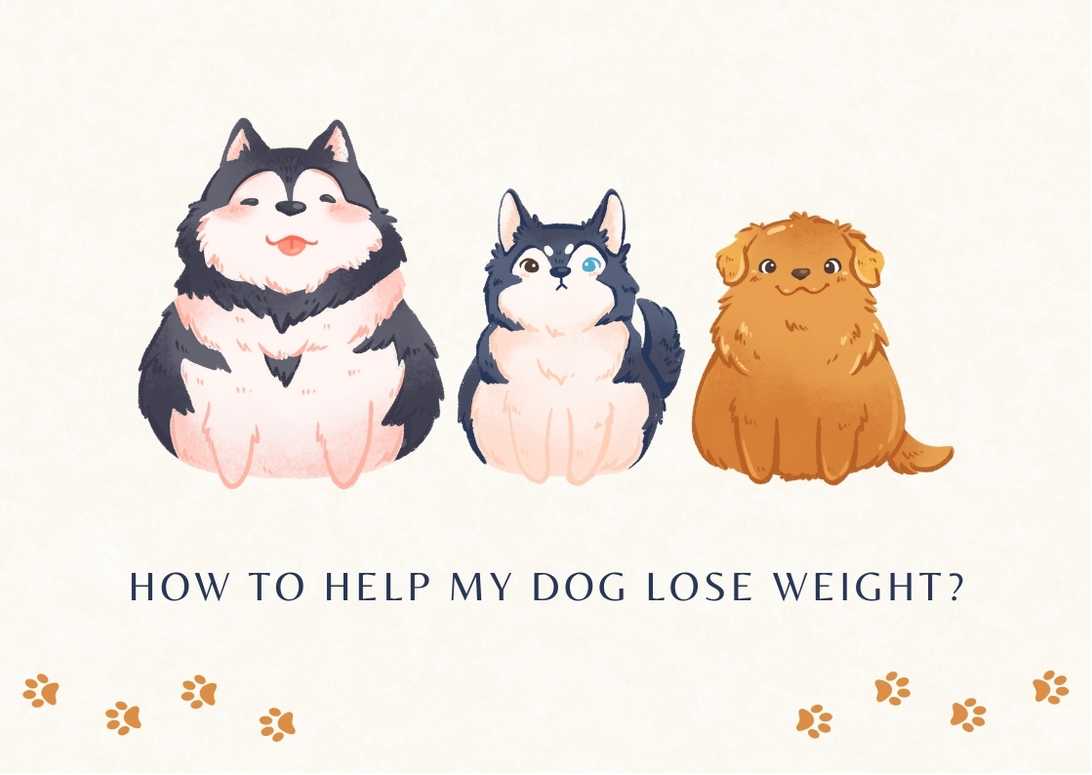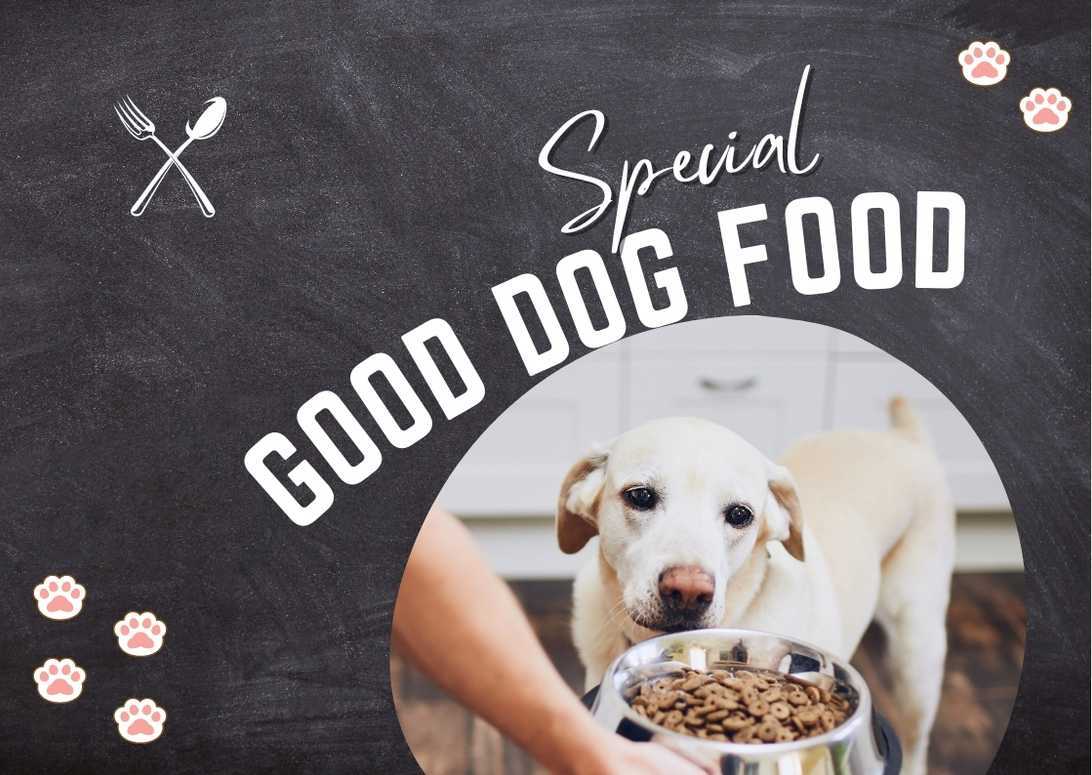How To Train A Dog With A Shock Collar
Curious canines and their caring companions, welcome to a sensational journey of training your four-legged friend with the remarkable and controversial shock collar! Prepare to embark on an adventure where I, as your guide, will unravel the secrets behind using this tool effectively.
Brace yourselves for a thrilling expedition into the realms of positive reinforcement and gradual introduction, ensuring both the well-being and triumph of your beloved furry companion.
In our quest to master this age-old technique, we shall first delve into the artistry of associating the shock collar with rewards. Picture this: you’re strolling through a serene park, witnessing your pup’s tail wagging with sheer joy. By cleverly linking the stimulation from the collar with delightful treats or playtime, we can create a harmonious symphony between discipline and delight.
Fear not, dear readers! We shall start with low settings that cause no harm or discomfort whatsoever, allowing our loyal companions to pay heed while basking in happiness. Together, we shall conquer any doubts surrounding this method by blending aversive training techniques with abundant positivity.
So hold tight to that leash as we unlock the key to effective use of shock collars. Just like a magician skillfully wields their wand, we too must use this tool judiciously while showering our pups with rewards for good behavior.
Remember fellow adventurers, positive rewards hold immense power in shaping desired behaviors; they are our secret weapon in nurturing obedience and mutual understanding between human and hound. Let us maximize our training endeavors by diligently utilizing these collars alongside rewards – an unbeatable combination sure to propel us towards triumph!
Important Points
- The use of shock collars for training dogs should prioritize the safety and comfort of the dog.
- Building a positive association with the shock collar is crucial for effective training.
- Incorporating positive reinforcement techniques, such as treats, praise, and playtime, is important in conjunction with shock collar training.
- Gradually increasing the intensity of the shock collar and observing the dog’s reactions is necessary for maximizing training potential.
How to Associate Collar with Rewards
To effectively train your dog with a shock collar, you should start with a low setting and immediately associate the stimulation with your voice. This is crucial in ensuring that they understand the connection between the collar and the rewards they’ll receive.
By using treats as rewards, you can build positive associations in their mind. Whenever they feel that buzz from the collar, they’ll know that it means something good’s about to happen. This helps create a training routine where they learn to associate their good behavior with receiving treats.
Reinforcing good behavior is key when using a shock collar. Whenever your dog responds to your command or exhibits the desired behavior, give them a treat immediately after providing the stimulation. This reinforces the idea that responding to your voice and obeying commands leads to positive outcomes.
It’s important to troubleshoot common issues that may arise during this process, such as your dog not responding to the stimulation or becoming fearful of it. In these cases, you may need to adjust the settings or consult with a professional trainer for guidance.
Now that you understand how to associate the collar with rewards and build positive associations, let’s move on to why starting with low settings is crucial for effective training without causing harm or distress to your furry friend.
Start with Low Settings
Begin by setting the intensity level low and feel the immediate attention your furry friend gives you when they realize a reward is coming their way! Shock collar safety should always be a priority when training your dog. Starting with a low setting ensures that you’re not causing any unnecessary discomfort or harm to your pet. By gradually increasing the intensity, you can closely monitor your dog’s response and make sure they aren’t overwhelmed or frightened by the stimulation.
Additionally, it’s essential to adjust the collar fit properly to ensure it’s snug but not too tight. This’ll provide effective communication without causing any discomfort or injury. Training consistency is key when using a shock collar. It’s important to maintain a consistent approach in both commands and consequences for your dog’s behavior. This helps them understand what’s expected of them and reinforces positive behaviors over time.
Remember, combining aversive training with positive reinforcement is crucial for successful training outcomes. So, as we move forward, let’s explore how we can incorporate rewards and positive reinforcement techniques into our shock collar training sessions!
Combine Aversive Training with Positive Reinforcement
By incorporating rewards and positive reinforcement techniques, I’ve found a powerful training approach that captures my furry friend’s attention and motivates them to excel. One effective way to do this is by using treats as a reward when they respond correctly to commands.
When I combine the use of treats with the stimulation from the shock collar, my dog quickly learns to associate the collar with something positive. This helps in building trust between us and ensures that my dog pays attention and obeys when they feel that buzz. It’s important to find a balance between aversive training methods like shock collars and positive reinforcement techniques. By doing so, I can create an environment where my dog feels motivated to learn while also feeling safe and loved.
In addition to using treats, there are alternative methods of positive reinforcement that can be incorporated into training with a shock collar. Verbal praise, petting, or even playtime can be used as rewards when the dog responds correctly. This variety keeps the training sessions interesting for both me and my dog, making it more enjoyable for both of us. The key is to find what motivates your specific furry friend and use it consistently throughout their training.
By combining aversive training with positive reinforcement techniques, I’ve created a balanced approach that’s effective in training my dog with a shock collar. However, it’s important to remember that this method should always start with low settings on the collar to ensure your dog’s comfort and safety.
In the next section about effective use of shock collars, I’ll discuss how gradually increasing the stimulation level can lead to successful results without causing harm or distress to your beloved pet. It’s important to remember that every dog is different and may require different levels of stimulation, so it’s crucial to observe your dog’s reactions and adjust the settings accordingly for their well-being.
Effective Use of Shock Collars
The key to successfully utilizing shock collars lies in implementing a balanced approach that combines aversive training with positive reinforcement techniques, ensuring the well-being and progress of our furry companions. When using shock collars, it’s crucial to prioritize the safety and comfort of our dogs.
This can be achieved by starting with a low setting on the collar and gradually increasing it if necessary. By doing so, we can avoid causing any unnecessary discomfort or fear to our dogs.
Additionally, it’s important to focus on building a positive association with the collar. This can be done by pairing the stimulation from the collar with our voice commands and immediately following it up with rewards such as treats or praise. By consistently associating the shock collar with something positive, like rewards, we can create an environment where our dogs understand that obeying commands will lead to pleasant outcomes.
Another aspect of effectively using shock collars is troubleshooting common issues that may arise during training sessions. It’s essential to pay close attention to our dog’s body language and behavior when using these devices. If we notice signs of distress or anxiety, it may be necessary to adjust the intensity or frequency of the stimulation or even consider alternative training methods altogether. Each dog is unique, so being flexible and adaptable in our approach is key.
Incorporating rewards into shock collar training is also vital for its effectiveness. As mentioned earlier, creating a positive association between the collar and rewards helps motivate our dogs to pay attention and obey commands promptly. Using treats, praise, or toys as rewards during training sessions not only reinforces desired behaviors but also strengthens the bond between us and our furry friends.
By understanding how to use shock collars safely, implementing appropriate training techniques for shock collars, building a positive association with the collar through rewards, and troubleshooting common issues that may arise during training sessions, we set ourselves up for success in effectively utilizing these tools while prioritizing our dog’s well-being and progress.
Now, let’s delve into the next section and explore how to further enhance shock collar training by incorporating rewards.
Using Shock Collars with Rewards
Incorporating rewards into shock collar training can create a delightful experience for both pet owners and their furry companions. By using positive reinforcement techniques, we can ensure that our dogs associate the stimulation from the collar with something rewarding and enjoyable.
Here are some techniques for positive reinforcement that can be used in conjunction with shock collar training:
- Treats: Giving your dog a treat immediately after they respond correctly to a command can reinforce the behavior and make them more likely to repeat it in the future.
- Verbal praise: Dogs thrive on verbal praise and encouragement. By using a happy and excited tone of voice when praising them, you can strengthen their bond with you and motivate them to continue obeying your commands.
- Playtime: Incorporating playtime as a reward can be highly effective, especially for high-energy breeds. Allowing your dog to engage in their favorite game or activity after responding correctly to a command will make them associate good behavior with fun.
Consistency is key when using rewards in shock collar training. It’s important to consistently reward your dog every time they respond correctly, so they understand what behavior is being reinforced. Additionally, it’s crucial to use the same set of commands or cues consistently throughout the training process.
While shock collars can be an effective tool for training, there are also alternatives available that rely solely on positive reinforcement methods. These alternatives include clicker training, where a clicking sound is used as a marker for desired behavior, as well as using food rewards or toys as motivators during obedience training.
By incorporating rewards into shock collar training, you not only teach your dog obedience but also build a strong bond with them based on trust and positive experiences. This approach creates an environment where both you and your furry companion enjoy the training process together.
Now that we’ve explored how incorporating rewards into shock collar training can enhance the overall experience for pet owners and their dogs, let’s delve into the benefits of using positive rewards as a training method.
Benefits of Positive Rewards
Discover the joy of nurturing a deep connection with your furry companion through the power of positive rewards. When it comes to training your dog, consistency is key. By consistently rewarding desirable behaviors, you’re reinforcing those behaviors and teaching your dog what’s expected of them. This consistency helps create clear communication between you and your dog, building trust and strengthening the bond between you both.
There are different types of positive rewards that can be used during training sessions. Treats are often the go-to reward as they’re easy to use and dogs typically respond well to food motivation. However, there are other types of rewards that can be just as effective, such as praise, petting, or playtime. The key is to find what motivates your individual dog and use it consistently in their training.
The benefits of positive reinforcement in dog training are plentiful. Not only does it teach your dog good behavior, but it also fosters a positive learning environment for them. Positive reinforcement allows for a more enjoyable experience for both you and your furry friend, making training sessions something they look forward to rather than dread.
To motivate your dog with rewards, start by finding out what they love most. Is it a tasty treat? A belly rub? A game of fetch? Use these rewards during training sessions to keep them engaged and motivated to learn new commands and behaviors.
Through positive training methods using rewards, you’ll not only shape your dog’s behavior but also build a strong bond with them. Your furry companion will see training time as an opportunity for quality time spent together, creating a deeper connection between the two of you.
Transitioning into maximizing training with the collar without explicitly stating ‘step,’ let’s explore how combining positive reinforcement with the use of a shock collar can further enhance their understanding and obedience in our next section ‘of advanced training techniques.’
Maximizing Training with Collar
By combining the power of positive rewards with the use of an innovative training tool, I can unlock a world of advanced techniques to enhance my furry companion’s understanding and obedience.
One such tool is the shock collar, which can be highly effective if used correctly. When using a shock collar, it’s crucial to create a positive association for my dog. This means that whenever they feel the buzz from the collar, they immediately pay attention to me because they know a treat is on its way! By using treats as rewards, I can condition a positive response in my dog and build trust between us.
To maximize the effectiveness of training with a shock collar, it’s important to start with low settings and make incremental adjustments as needed. Starting with high settings might seem tempting, but it can be overwhelming and counterproductive for my furry friend. Instead, I’ll gradually increase the intensity only if necessary. This approach allows me to gauge my dog’s response and ensure that they are comfortable throughout the training process.
In addition to gradual adjustments, building trust is key when using a shock collar. My dog needs to understand that wearing this training tool doesn’t mean punishment or harm but rather an opportunity for learning and growth. By consistently associating the stimulation from the collar with my voice commands and rewarding their correct behavior with treats, I’m creating a positive environment for them to thrive in.
Through this combination of positive reinforcement and incremental adjustments, I can maximize my dog’s training potential while maintaining their trust and happiness.
Frequently Asked Questions
Are shock collars safe for dogs?
Shock collars are not safe for dogs. Ethical concerns arise due to their aversive nature. Positive reinforcement methods, without the use of aversive tools like shock collars, are more effective and recommended by professional dog trainers for training dogs effectively and safely.
Can shock collars be used on all dog breeds and sizes?
Oh, shock collars, the epitome of gentle training methods for sensitive dog breeds and effective training techniques for large dog breeds. But fear not, there are shock collar alternatives! Training small dog breeds without shock collars is possible by using positive reinforcement.
How long does it take to train a dog using a shock collar?
It can vary depending on the dog’s age, temperament, and previous training experiences. Gradual training at the dog’s pace is important, balancing positive reinforcement with negative reinforcement. Ultimately, the goal is to have a well-behaved dog even after shock collar training is complete.
What are the potential risks or side effects of using a shock collar?
Using a shock collar on dogs can have potential risks and negative effects. Studies show that 71% of dogs exhibit signs of stress when trained with shock collars. It’s important to consider alternative training methods to ensure the safety and well-being of our furry friends.
Are there any alternative training methods that are equally effective as shock collars?
Positive reinforcement training methods such as clicker training, leash training, and reward-based training are equally effective as shock collars. These force-free training techniques focus on rewarding desired behaviors, creating a positive and trusting bond between the dog and trainer.
Conclusion
In conclusion, training a dog with a shock collar can be a valuable tool when used correctly and combined with positive reinforcement. By associating the collar’s stimulation with rewards and starting with low settings, we can effectively teach our furry friends to pay attention and obey commands.
It is crucial to remember that aversive training should always be balanced with positive reinforcement to ensure the well-being and success of our dogs. Using shock collars in conjunction with rewards helps create a clear understanding for our dogs about what behaviors are desired. This combination allows for consistency in training and encourages our furry friends to actively participate in their own learning process.
Additionally, incorporating positive rewards such as treats or praise further strengthens the bond between us and our dogs while motivating them to continue their good behavior. By maximizing the use of shock collars through proper introduction, reward-based training, and consistent positive reinforcement, we can achieve remarkable results in shaping our dogs’ behavior.
Remembering that every dog is unique and may require different approaches, it is important to tailor our training methods accordingly. So why wait? Take this powerful tool in your hands today and witness the transformation of your beloved pet into an obedient companion like never before!








